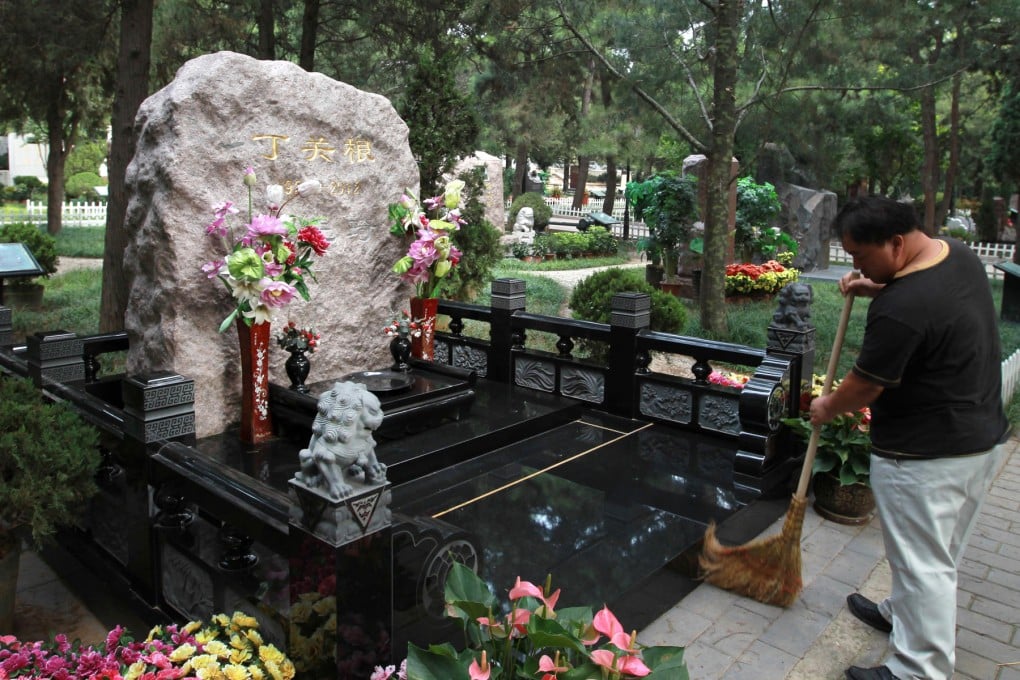Babaoshan struggles to meet demand as cadres' final resting place
For party veterans, few honours match being laid to rest alongside comrades in Babaoshan

The prestigious Babaoshan Revolutionary Cemetery, where revolutionary heroes and mid- and high-level cadres are buried, mirrors the history of the Communist Party.
That is why an expansion plan announced by the Beijing municipal government last week served as a reminder that many of the first- and second-generation senior party cadres have passed away as the People's Republic of China approaches its 64th anniversary on October 1.
The cemetery was originally a temple garden built by an emperor in the Ming dynasty (1368-1644) to commemorate a favourite eunuch.
After the founding of the People's Republic in 1949, then premier Zhou Enlai ordered the capital to find a location to bury communist revolutionary heroes. The temple garden, which sits in Shijingshan district in western Beijing, was chosen as the site of a cemetery covering about 100,000 square metres.
It is the resting place of early Politburo figures Qu Qiubai and Ren Bishi. The ashes of marshal Zhu De and Bo Yibo, the late father of disgraced Chongqing party boss Bo Xilai, are also kept in the cemetery.
Video: Beijing plans cemetery expansion